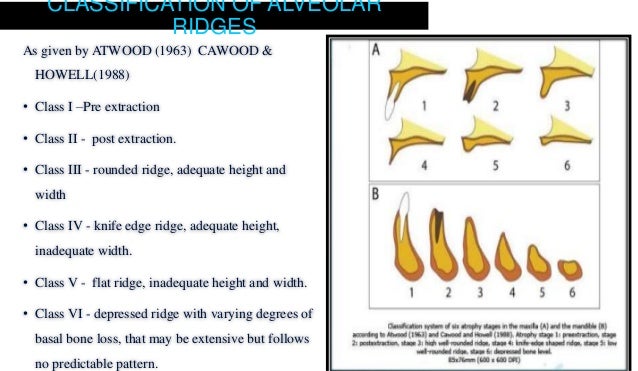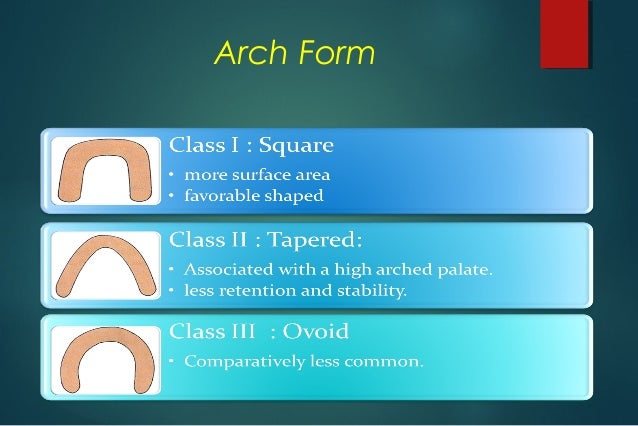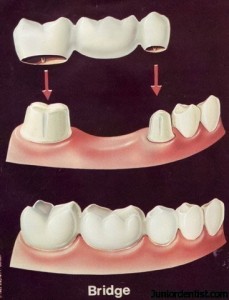
Mg alloys were identified as potential membrane materials due to their adjustable degradation, adequate mechanical support, sound osteogenic property, good bacteriostatic activity, and favorable wound-healing ability. As a result, the purpose of this research is to assess the feasibility of Mg alloys as GBR membranes in terms of physicochemical properties and biological performance. Recently, magnesium (Mg) alloys have been proposed as potential barrier membrane candidates. However, there are some drawbacks to the current commercial membranes, such as non-degradability for non-absorbable membranes and low mechanical strength for absorbable membranes.

In dental implantology, the guided bone regeneration (GBR) membrane plays an active role in increasing alveolar bone volume. The DPSCs on the DBBM scaffold demonstrated a significantly higher proliferation rate of 214.25 ± 16.17 ( p < 0.001) cells, enhancing ALP activity level and upregulating of osteogenesis-related genes compared with other two scaffolds.ĭBBP scaffold led to extremely high cell viability, but also promoted proliferation, attachment, and enhanced the osteogenic differentiation capacity of DPSCs, which hold great potential for bone regeneration treatment however, further studies are necessary. Alkaline phosphatase (ALP) and osteogenesis-related genes expressions was used to investigate initial osteogenic differentiation.Ĭytotoxicity assays showed that most viable DPSCs were present at a scaffold concentration of 0.5 mg/ml. Calcein AM and cytoskeleton staining were performed to determine cell attachment and proliferation. Scaffolds and cell morphologies were analyzed by scanning electron microscopy (SEM). Human DPSCs were seeded on 0.5 mg/ml, 1 mg/ml, and 2 mg/ml of BCP, FDBA, and DBBM to evaluate the optimal cell growth and cytotoxicity.

The present in vitro study investigates the osteogenic capability of DPSCs on alloplastic (biphasic calcium phosphate ), allogeneic (freeze-dried bone allografts ), and xenogeneic (deproteinized bovine bone mineral ) bone grafts. Dental pulp stem cells (DPSCs) can potentially enhance the bone regeneration of bone graft substitutes. Researchers have used alloplastic, allogeneic, and xenogeneic bone graft substitutes in clinical studies with varying degrees of success, although their in vitro effects on stem cells remain unclear.


A rigorous search for alternatives to autogenous bone grafts to avoid invasiveness at the donor site in the treatment of maxillomandibular bone defects.


 0 kommentar(er)
0 kommentar(er)
